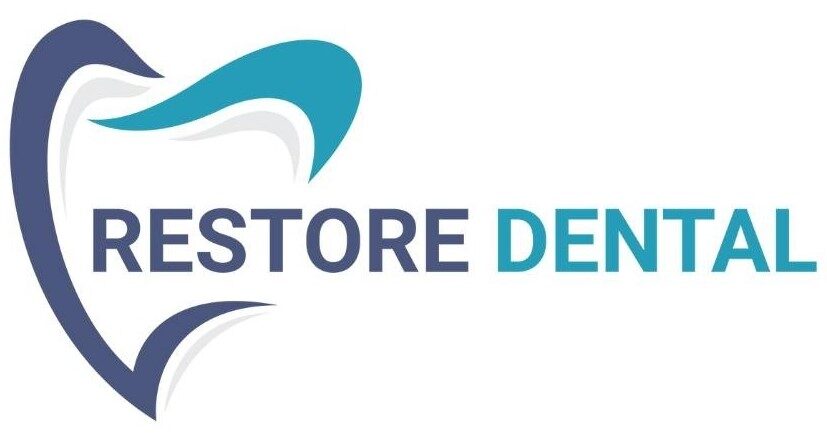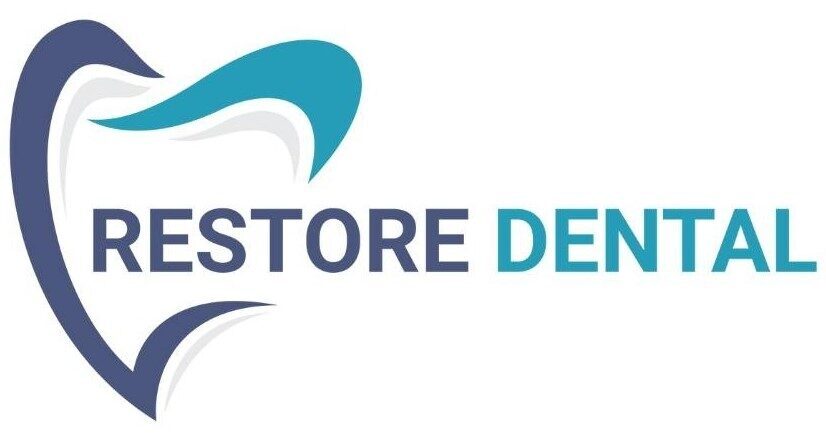TMJ vs. TMD
You might have heard the terms “TMJ” and “TMD” used interchangeably — even by medical professionals. But while the two are closely related, they refer to different things. Understanding this distinction is important if you’re dealing with jaw pain, clicking sounds, or difficulty opening your mouth.
Let’s break down what TMJ and TMD really mean, how they’re connected, and what you can do if you’re experiencing symptoms.
What Is TMJ?
TMJ stands for temporomandibular joint — the joint that connects your lower jaw (mandible) to your skull, located just in front of your ears on both sides of your head. This joint acts like a sliding hinge, allowing you to chew, speak, yawn, and move your jaw side to side.
TMJ Anatomy at a Glance:
- Cartilage-covered bones for smooth motion
- Shock-absorbing disc that cushions the joint
- Synovial fluid that lubricates the joint
- Facial and jaw muscles that support movement
A healthy TMJ gives you a full range of pain-free motion in your jaw. But when something goes wrong, it can lead to a disorder.
What Is TMD?
- Jaw pain or tenderness
- Clicking, popping, or grinding noises in the joint
- Limited jaw movement or locking
- Facial, neck, shoulder, or back pain
- Headaches or migraines
- Earaches or ringing in the ears (tinnitus)
- Changes in how your upper and lower teeth align
What Causes TMD?
The causes of TMD are often multifactorial and may not always be clear. However, several factors can contribute to its development:
Common Triggers and Risk Factors:
- Teeth grinding or jaw clenching (often linked to stress or anxiety)
- Excessive chewing (e.g., gum or pen chewing)
- Jaw or facial trauma
- Arthritis in the TMJ
- Misaligned bite (underbite, overbite)
- Cartilage wear or disc displacement
- Genetic predisposition or congenital jaw issues
According to research, women are more likely to experience TMD than men, and it commonly occurs between the ages of 20 and 40.
TMJ vs TMD: Understanding the Difference
Term | What It Stands For | What It Refers |
TMJ | Temporomandibular Joint | The jaw joint itself |
TMJ | Temporomandibular Disorder | The condition affecting the TMJ |
In short, TMJ is the joint, and TMD is the disorder. Understanding the distinction helps ensure clearer communication with your healthcare provider and a better path toward treatment.
If you think you might have TMD, don’t ignore the signs — early treatment and healthy habits can make a big difference in your long-term jaw health.
TMD Treatment Options
Treatment depends on the underlying cause, your symptoms, health history, and how long you’ve had the issue. Most TMD cases are temporary and improve with conservative care.
Non-Surgical Treatments:
- Self-care: Eat soft foods, avoid wide jaw movements, practice good posture
- Hot or cold compresses: Ice reduces inflammation; heat relaxes muscles
- Medications:
- Over-the-counter pain relievers (e.g., NSAIDs)
- Muscle relaxants
- Low-dose antidepressants (for chronic pain or bruxism)
- Stress management: Relaxation techniques, therapy, or mindfulness
- Mouthguards/night guards: Prevent teeth grinding during sleep
- Physical therapy: Exercises to stretch and strengthen the jaw muscles
- Botox injections: May help relieve severe muscle tension
- Cannabidiol (CBD): Some find it helpful for inflammation and pain relief
Surgical Options (Last Resort):
Surgery is typically considered only when other treatments fail. Procedures may include joint repair, disc repositioning, or in severe cases, joint replacement.
Daily Habits to Prevent or Ease TMD
While medical care is essential, your habits also play a role in managing or preventing TMD symptoms:
- Avoid resting your chin on your hand
- Don’t clench your jaw or grind your teeth
- Stick to soft foods during flare-ups
- Limit extreme jaw movements (like yawning or chewing gum)
- Maintain good posture, especially when sitting for long periods
When to Seek Professional Help
While at-home tests are useful, persistent symptoms should never be ignored. Contact dental clinic in Gurgaon to get the relief and guidance you need if you notice:
- Mouth opening less than 15 mm
- Constant pain near the jaw or ear
- Clicking sounds that don’t go away
- Swelling, lumps, or unusual changes in the jaw area
FAQs
01. What’s the difference between TMJ and TMD?
TMJ stands for temporomandibular joint — the joint that connects your jaw to your skull.
TMD stands for temporomandibular disorder, which refers to a group of conditions that cause pain and dysfunction in this joint.
In short: TMJ is the joint, TMD is the problem.
02. Why do people say “I have TMJ” when they really mean TMD?
It’s a common misunderstanding. Most people refer to jaw pain as “TMJ,” but the correct term for the condition is TMD. TMJ is simply the name of the joint, not the disorder.
03. What are the main symptoms of TMD?
- Jaw pain or tenderness
- Clicking or popping sounds when moving the jaw
- Difficulty opening or closing the mouth
- Headaches or earaches
- Pain in the face, neck, or shoulders
- Ringing in the ears (tinnitus)
- Misaligned bite or jaw locking
04. What causes TMD?
TMD can result from many factors, including:
- Teeth grinding or clenching (especially during sleep)
- Stress and muscle tension
- Jaw injury or trauma
- Arthritis in the TMJ
- Misaligned teeth or bite
- Cartilage damage or disc displacement
05. Who is most likely to develop TMD?
TMD is more common in women, particularly between the ages of 20 and 40. People with high stress levels, poor posture, or a history of jaw trauma may also be at increased risk.
06. How is TMD diagnosed?
A dentist or TMJ specialist will perform a physical exam, review your medical history, and may use imaging (like X-rays, CT scans, or MRI) to evaluate the condition of your TMJ and surrounding muscles.
07. Can TMD go away on its own?
Mild TMD can improve with time, rest, and self-care. However, persistent or worsening symptoms should not be ignored, as untreated TMD can lead to chronic pain and joint damage.
08. What treatments are available for TMD?
Most treatments are non-surgical, including:
- Hot/cold compresses
- Medications (NSAIDs, muscle relaxants)
- Stress management
- Night guards or splints
- Physical therapy
- Botox or CBD (for some patients)
Surgery is only considered when conservative treatments fail.
09. What daily habits can help prevent or reduce TMD symptoms?
- Avoid hard or chewy foods
- Don’t rest your chin on your hand
- Limit jaw strain from yawning or gum chewing
- Practice good posture
- Manage stress with relaxation techniques
- Wear a night guard if you grind your teeth
10. When should I see a dentist or doctor for jaw pain?
You should visit a dental clinic in Gurgaon or your local area if you have:
- Ongoing jaw pain or tightness
- Difficulty opening or closing your mouth
- Clicking or popping sounds that don’t resolve
- Headaches, earaches, or facial pain
Early evaluation can prevent more serious complications.



